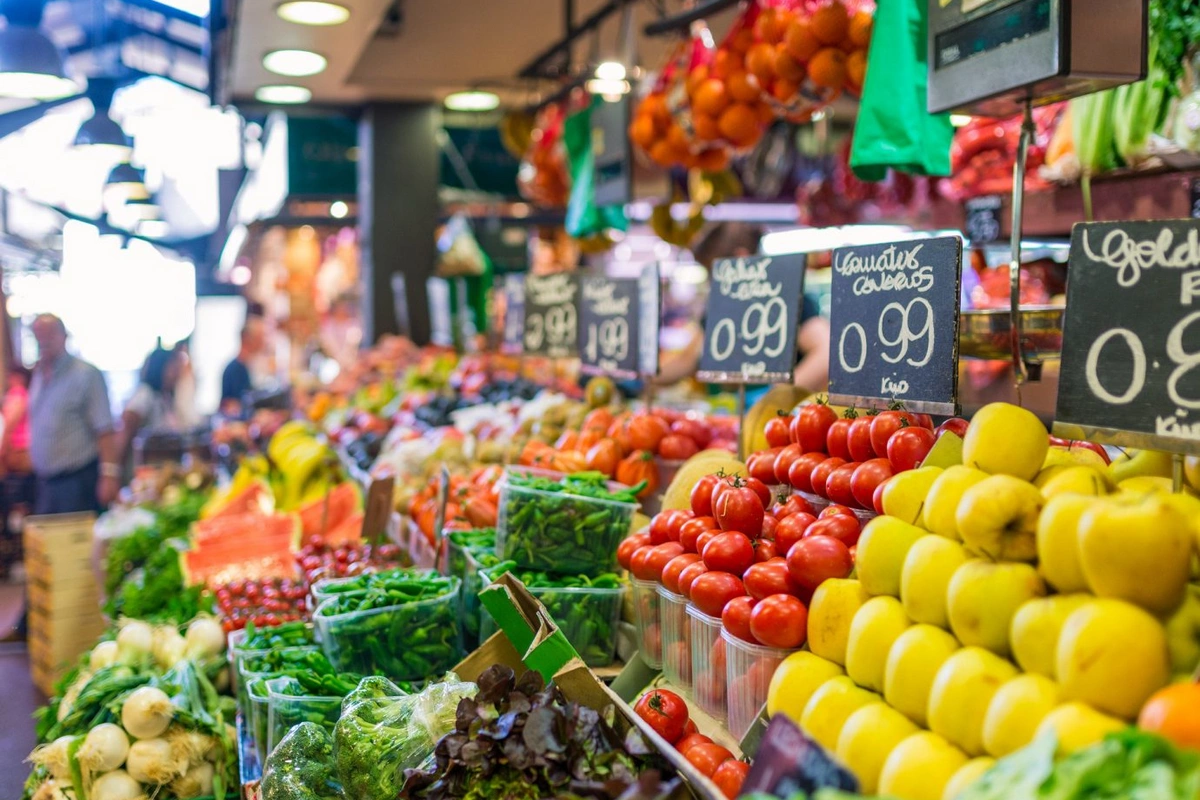
The World Bank’s most recent food security update shows that food price inflation rates pushed higher in 2024 in most countries in the Caucasus and Central Asia.
However, the two countries that had the highest rates at the outset of 2024, Kazakhstan and Uzbekistan, saw food price inflation moderate over the course of the year, The Caspian Post reports citing Eurasianet.
According to the UN Office for the Coordination of Humanitarian Affairs (OCHA), roughly 280 million people globally are experiencing acute hunger every day. Comparatively few sufferers are in Central Asian states, although neighboring Afghanistan remains a food insecurity hotspot three-and-a-half years after the Taliban returned to power in Kabul.
“Despite sustained provision of aid [to Afghanistan], the food security situation remains fragile. Large parts of the population still require substantial food assistance because of ongoing drought and conflict, which have destabilized agricultural production, leading to severe food shortages,” the bank’s update states.
More broadly, a separate World Bank estimate indicates that 2.8 billion individuals around the world cannot afford a healthy diet. Accordingly, food price inflation remains a major source of food insecurity; the report notes that more than 70 percent of lower-income countries during the last quarter of 2024 had food price inflation rates exceeding 5 percent.
Inflationary pressure on foodstuffs in many countries in the Caucasus and Central Asia was relatively moderate in 2024. In the World Bank report’s “lower middle income category,” Kyrgyzstan saw an uptick in food inflation, with a year-on-year rate for December of 4.1 percent. The rate in Tajikistan, meanwhile, remained flat, under 3 percent for every month of the year. Uzbekistan saw a significant drop in the food price inflation rate, going from 9.3 percent in January 2024 to 2.5 percent in December.
Food price inflation in Turkmenistan was not measured in the bank’s report, due to a lack of data. But an earlier report by a World Bank blogger noted that Turkmenistan is the only formerly Soviet state with a double-digit rate for the prevalence of food insecurity.
Among “upper middle income states”, Azerbaijan and Georgia experienced a steady rise with Azerbaijan recording a 4.4 percent food price inflation rate in December, and Georgia a 3.6 percent rate for the same month. The rate in Armenia also rose but remained under 2 percent throughout 2024.
The rate in Kazakhstan remained stubbornly high throughout 2024, ending the year at 5.5 percent for December. In January of last year, however, the rate stood at 8.2 percent.
A UN report cited in the World Bank update notes that inflationary pressures are a factor in causing changes in dietary patterns. As a result, many lower and lower middle income nations are seeing an “increasing prevalence of overweight and obesity, while many have not yet been able to eradicate undernutrition,” according to the UN report, titled The State of Agricultural Commodity Markets 2024. “These countries are burdened with various forms of malnutrition including undernutrition, micronutrient deficiency, overweight and obesity all co-existing within the same country, community or household.”
The widening availability of ultra-processed foods that are linked to a variety of health problems, including obesity and type 2 diabetes, appears to play a significant role in fueling the changes in dietary patterns. The volume of global food exports, including ultra-processed items, has more than doubled in the past two decades, the UN report notes. “Without a doubt, this significant expansion of food trade affects the availability, accessibility, affordability and diversity of foods in domestic markets,” the report adds.
Share on social media
